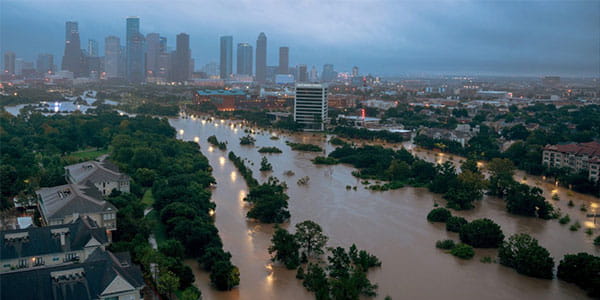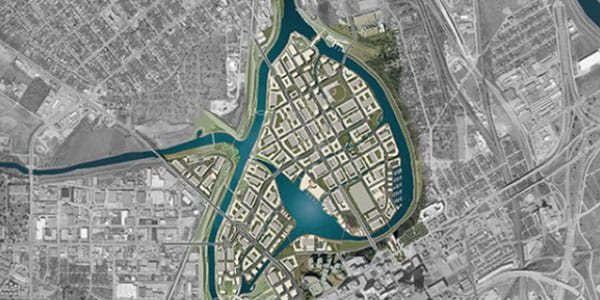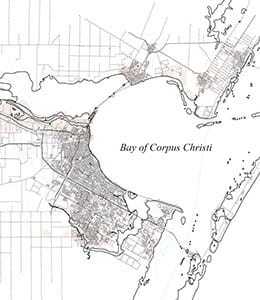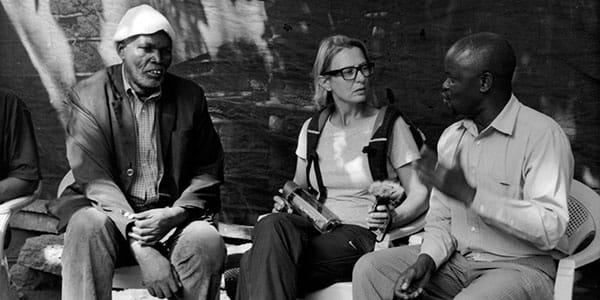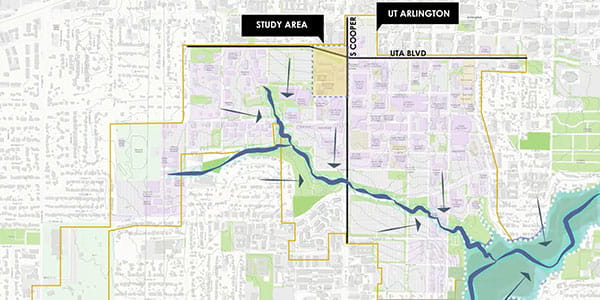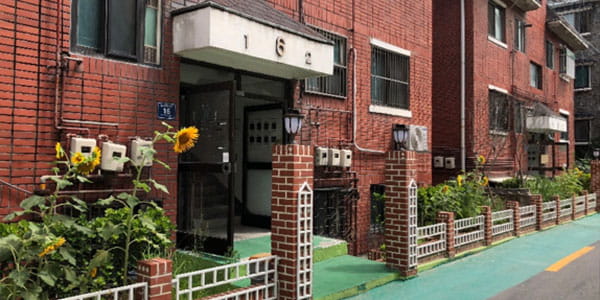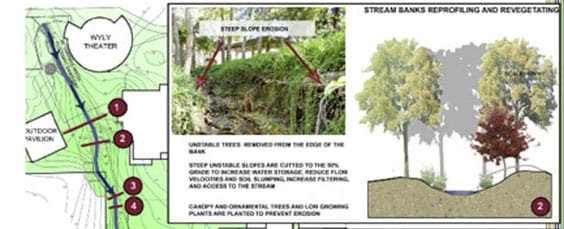Resilient Watershed Urbanism will speculate on methods to form a new way for cities to utilize nature for the combined benefit of humans, landscape, climate and the current wildlife.
TEAM MEMBERS
- Kevin W. Sloan: Professor in Practice, Landscape Architecture
- Nick Fang: Assistant Professor, Department of Civil Engineering
- Michael Zaretsky: Associate Professor, UTA Department of Civil Engineering
TITLE OF PROJECT
Assessing the Value of Resilient Watershed Urbanism (RWU) Trinity River Marsh
This research will extend the work and discoveries gained through twenty-plus years of planning, landscape and architectural practice, publication, and research in DFW and the surrounding region. The rivers, reservoirs, creeks, and ravines, of the vast watershed network that traverses the seven million-acre Metroplex, are a catalyst for new urban formations along natural corridor edges.
Recently, the formation of dense new urban enclaves along the nature of the watershed network is unguided by larger planning policies. This new development has not built upon the success of communities surrounding White Rock Lake and the Turtle Creek corridor. Both examples leveraged what were otherwise ordinary natural features into cultural and environmental assets of extraordinary value. Kevin Sloan, professor of practice in architecture, is the principal investigator of the research proposal and has identified this process through prior research, lectures, journal articles, and the unprecedented patterns it could construct with nature as “The North Texas Branch Water Network.”
The research will begin with the selection of one water branch within the overall network. A sponsored design studio, scheduled for the Fall 2019 will focus on the exploration of an urban design code that could suffice as rules or a “game” that could more deliberately guide the formation of urban enclaves within these water networks. The studio is imagined as a cross disciplinary team of architects, landscape architects and civil engineers and co-taught by the three research principals, including Michael Zaretsky, associate professor of civil engineering.
Instrumental to the research is the simultaneous assessment of methods to predict and manage the chronic and unpredictable flooding of the watershed network. Dr. Nick Fang, assistant professor in civil engineering, has research and development of real time flood modeling that will be applied to anticipate the effects of climate change and flooding on the selected research corridor.
Another aspect included in this water research is the concept of ReWILDING, a practice of designing green space to attract wildlife and reframe cities. What distinguishes ReWILDING is creating cities that enable wildlife to appropriately inhabit it, making it a condition where wildlife and our suburban society coexist. There will be an environmental assessment of the selected branch water corridor for it’s potential for ReWILDING.
Resilient Watershed Urbanism will speculate on methods to form a new way for cities to utilize nature for the combined benefit of humans, landscape, climate and the current wildlife.

